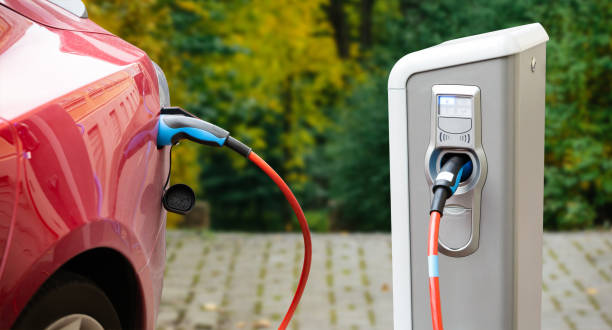In recent years, the automotive industry has witnessed a remarkable transformation with the rise of electric vehicles (EVs). These eco-friendly and energy-efficient vehicles are exploring the future of automobile industry. However, one lingering question remains on everyone’s minds: When will EV prices drop to a point where they become more accessible to the average consumer? In this article, we’ll delve into the factors influencing EV prices and chart a roadmap towards a future where electric vehicles are not just the sustainable choice but the affordable one too.
The Current Landscape of EV Pricing
To understand when EV prices will drop, it’s crucial to first examine the current pricing landscape. As of now, electric vehicles tend to come with a higher price tag compared to their gasoline counterparts. This is primarily due to the cost of manufacturing batteries, which make up a significant portion of an EV’s overall cost. Additionally, research and development expenses for EV technology play a role in pricing.
The Role of Battery Technology
Batteries are the heart of electric vehicles, and advancements in battery technology are pivotal to reducing the cost of EVs. Manufacturers are investing heavily in research to develop more efficient and cost-effective batteries. The emergence of solid-state batteries holds promise for cheaper and longer-lasting energy storage, potentially bringing down EV prices in the near future.
Need Replacement
Electrical vehicles or Electric motors replacement is also necessary. Because these are mechanical parts. It is also needs maintenance or replacement. When a parts becomes non-functional it need for a replacement.
Economies of Scale
As the demand for EVs continues to grow, economies of scale come into play. When production volumes increase, manufacturing costs decrease. This phenomenon has the potential to make EVs more affordable as automakers increase their production capacity.
Government Incentives and Regulations
Government policies can significantly impact the price of electric vehicles. Many countries are offering incentives, such as tax credits and rebates, to encourage consumers to adopt EVs. Additionally, stringent emissions regulations are pushing automakers to invest in electric vehicle technology, which could drive prices down over time.
Competition in the EV Market
Competition among automakers is intensifying as more companies enter the EV market. This competition not only leads to innovation but also puts pressure on pricing. As more options become available to consumers, automakers may lower their prices to stay competitive.
Charging Infrastructure Development
The availability of charging infrastructure is a key factor in the adoption of EVs. Governments and private companies are investing in expanding charging networks, making EVs a more practical choice for consumers. A well-developed charging infrastructure could boost EV sales and potentially lead to price reductions.
Technological Advancements
One of the key factors that will contribute to a drop in EV prices is ongoing technological advancements. The electric vehicle industry is in a constant state of innovation, with researchers and engineers tirelessly working to improve battery efficiency and reduce production costs. Breakthroughs in battery chemistry, like the development of solid-state batteries, have the potential to revolutionize the industry. These innovations will likely translate into more cost-effective EVs in the near future.
Increased Range and Efficiency
Another aspect of EVs that is rapidly evolving is their range and efficiency. Early electric vehicles had limited ranges, which made them less practical for long journeys. However, modern EVs are pushing the boundaries, with some models boasting ranges that rival traditional gasoline-powered cars. This improved range makes EVs a more appealing option for consumers, further driving demand and potentially pushing prices down.
Environmental Concerns and Government Initiatives
The global community’s growing concern about climate change has prompted governments to take action. Many countries are setting ambitious targets to reduce carbon emissions, and one of the most effective ways to achieve these goals is by transitioning to electric vehicles. In response, governments are implementing policies and incentives to encourage EV adoption. These measures not only reduce the upfront cost for consumers but also incentivize automakers to focus on affordability.
Investment Infrastructure
To support the growing EV market, significant investments are being made in charging infrastructure. Charging stations are becoming more prevalent in urban areas, along highways, and even in rural locations. As charging becomes more accessible and convenient, more people will consider making the switch to electric vehicles. This increased demand, coupled with economies of scale, is likely to lead to price reductions.
Consumer Education and Acceptance
Consumer perceptions of electric vehicles are evolving. As more people experience the benefits of EVs, such as lower operating costs and reduced environmental impact, the stigma of high upfront costs is slowly fading. Consumer education about the long-term savings associated with EV ownership is becoming more widespread. This shift in mindset is crucial in driving demand and eventually lowering prices.
Conclusion
the shift towards affordable electric vehicles is well underway, driven by advances in technology, government support, and market competition. While the exact timeline for when EV prices will drop significantly remains uncertain, the future looks promising for environmentally conscious consumers seeking a more budget-friendly way to embrace electric mobility. Stay tuned for further developments in this exciting journey towards accessible EVs.





